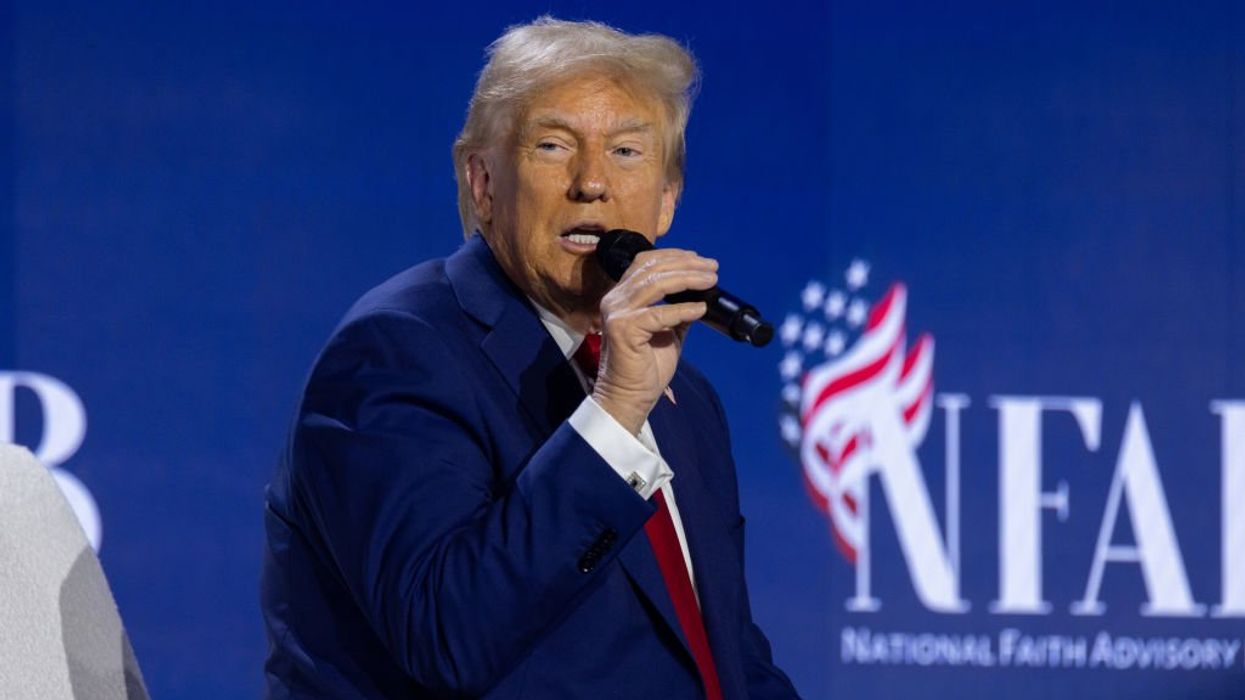When Donald Trump made his first successful run for president in 2016, he made 663 promises to American voters. By the end of his 2021 term of office, he could only fulfill approximately 23 percent of his vows. Before we get too excited as to what will happen when Trump 2.0 takes effect on Jan. 20, let’s take a moment to reflect on covenants made by a couple of other presidents.
PolitiFact tracks the promises our presidents have made. PolitiFact is a non-partisan fact-checking website created in 2007 by the Florida-based Tampa Bay Times and acquired in 2018 by the Poynter Institute, a non-profit school for journalists. Here’s a report card on three presidents:
· Barack Obama kept 47 percent of his campaign assurances, 23 percent were broken, and 27 percent ended up as a compromise.
· During 2017-2021, Donald Trump kept 23 percent of his pre-election pledges, 55 percent were broken, and compromise occurred on 22 percent of his promises.
· Joe Biden has been able to keep 33 percent of his commitments, 35 percent were broken, 28 percent ended up in a compromise, and 3 percent of his promises are in the works.
Regardless of our past presidents’ political affiliation, evidence abounds that voters are gullible, easily persuaded, and shouldn’t pay too much attention to a candidate's campaign rhetoric. Unfortunately, candidate platitudes are often made to disinform, misinform, and hoodwink the voter.
Back to our 45th and soon-to-be 47th president, Mr. Trump.
Ryan Koronowski, director at the Center for American Progress Action Fund, reflected on Trump’s 2016 guarantees and felt “... many of the promises that he broke, he was insincere about them or didn’t care enough about them. They were political and meant to earn votes. They weren’t actual policy goals, or corporate backers and power brokers actually moved to shut them down …” (MTN, Nov. 7).
Ron Filipkowski of the pro-democracy MTN (MeidasTouch Network) documented Trump making 93 campaign promises while vying to be America’s 47th president. Filipkowski summarized, “After failing to deliver on his major pledges during the first administration, president-elect Trump resurrected many of the same promises in his 2024 campaign.”
Trump made a multitude of promises during the Sept. 5 economic policy debate and the Sept. 10 presidential debate. On July 8, the Republican National Committee published its 2024 party platform, which included 63 additional promises should Trump get elected (RNC platform.donaldtrump.com).
Mr. Trump repeatedly disavowed Project 2025 – created by the far-right extremist Heritage Foundation -- to be implemented in the first 180 days of his second presidency. However, CBS News identified at least 270 of the 700 policy proposals from Project 2025’s 922-page guide that matched Trump’s past policies and current campaign promises.
And, since the Nov. 5 election, where Trump received less than 50 percent of the votes – not a “mandate” as he claims – he has backed off his promise to bring down grocery costs, end the Ukraine-Russia war before he takes office, and use tariffs to bolster the US economy. Trump’s transition team admits Trump has shifted “from sweeping campaign rhetoric to the nuances and realities of governing” (The Hill, Dec. 29).
Trump made eight promises that would occur on Jan. 20, the day of his inauguration. On Jan. 21, note a `yes’ or `no’ next to each of these promises as to whether they occurred or not. The result may be a bellwether sign of what is yet to come during his 1,461 days as our 47th president:
_____ 1) close the US-Mexico border,
_____ 2) begin “the largest deportation program in American history,”
_____ 3) expedite permits for drilling and fracking,
_____ 4) roll back environmental regulations,
_____ 5) pardon 1,561people convicted of crimes related to the Jan. 6, 2021, US Capitol insurrection (contradiction to supporting law and order),
_____ 6) cut federal funding for any school “pushing critical race theory, transgender insanity and other inappropriate racial, sexual or political content on the lives of our children,”
_____ 7) roll back President Biden’s electric vehicle policies and
_____ 8) enact tariffs on goods coming in from Mexico, Canada, and China.
Should Mr. Trump’s daily rhetoric, actions, and flip-flopping on promises get under your skin, three coping methods are offered. First, say to yourself, “I can’t help the way I feel right now, but I can help the way I think and act.” Secondly, recall what King Solomon, William Shakespeare, and Abraham Lincoln have said: “This too shall pass.” Third, promise – and fulfill the promise -- to do a better job of vetting future presidential candidates (regardless of their and your political party of preference) and heavily discount their promises.
And perhaps most importantly understand that not fulfilling promises is common amongst not only past Presidents but members of Congress as well, regardless of their political affiliation.
With a little research, you can determine if a member of Congress has fulfilled their promises:
- Track Their Voting Record: Websites like GovTrack.us and Congress.gov allow you to see how your representative or senator has voted on various bills and issues. This can give you insight into whether they are supporting the policies they promised to back.
- Use Fact-Checking Websites: Organizations like PolitiFact and FactCheck.org track politicians' promises and rate their progress. They provide detailed reports on whether promises have been kept, broken, or are still in progress.
- Review Legislation They Sponsored: Check if they have introduced or co-sponsored any bills related to their campaign promises. This can be a good indicator of their commitment to their pledges.
- Follow News and Reports: Stay informed through reputable news sources and watchdog organizations that cover congressional activities and hold politicians accountable.
- Engage with Constituents: Attend town hall meetings, read newsletters, and participate in community forums where you can hear directly from the member of Congress and ask questions about their promises.
- Look at Endorsements and Ratings: Organizations like the League of Conservation Voters, the American Civil Liberties Union, and others often rate politicians based on their performance and alignment with specific issues.
Perhaps if more citizens take the time to become involved, our elected representatives will not just throw out promises to garner votes and instead focus on solving the serious problems facing our nation.
Steve Corbin is a professor emeritus of marketing at the University of Northern Iowa.



















